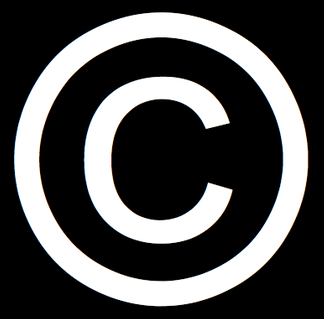Link 3 37 is in 46 witnesses (Edition Ad1 Ad3 Bo2 Bw Ch Cn Cp Cx1 Cx2 Dd Dl Ds1 El En1 En3 Gg Gl Ha4 He Hg Ht Ii La Lc Ld1 Ld2 Ma Mc Mg Mm Ne Ox2 Pn Pw Py Ra1 Ry1 Ry2 Se Sl1 Sl2 Tc1 Tc2 To1 Wy)
OUT 4 witnesses (Fi Ha2 Ha3 Ln)
but Edition Ad1 Ad3 Bo2 Bw Ch Cn Cp Cx1 Cx2 Dd Dl Ds1 El En1 En3 Gg Gl Ha4 He Hg Ht Ii Lc Ld1 Ld2 Ma Mc Mg Mm Ne Ox2 Pn Pw Py Ra1 Ry2 Se Sl1 Sl2 Tc1 Tc2 To1 Wy (But), La (Bot), Ry1 (Butte)
nathelees Ad1 Bo2 Bw Ch Cx1 Cx2 Dd Dl Ds1 En1 En3 Gg Lc Ld2 Mm Ne Py Ra1 Ry2 Se Sl1 Tc1 Tc2 To1 (natheles), Ad3 Mg (nathales), Edition El Hg (nathelees), Cp Ha4 La Ld1 (naþeles), Gl (n̉thelesse), He (nethirlese), Ox2 (nethirles), Pw (naþelees), Wy (netheles)
neuerþeles Cn (neuere the lesse), Ht (neuere þe lese), Ii (neuer the lesse), Ma (neuer þe las), Mc Ry1 (neủþeles), Pn (neuirthelesse), Sl2 (neủtheles)
i Ad1 Cn Ma (y), Edition Ad3 Bo2 Bw Ch Cp Cx1 Cx2 Dd Dl Ds1 El En1 En3 Gg Gl Ha4 He Hg Ht Ii La Lc Ld1 Ld2 Mc Mg Mm Ne Ox2 Pn Pw Py Ra1 Ry1 Ry2 Se Sl1 Sl2 Tc1 Tc2 To1 Wy (I)
wol nat Edition Ad1 Dd El En3 He Hg Ox2 (wol nat), Ad3 Ld1 Py Tc1 (wil nat), Bo2 (wil nought), Bw (wolle not), Ch (wille nat), Cn Wy (woll not), Cp Ha4 Lc Ma Mg Ra1 Se (wol not), Cx1 Ht Ii Ne Pw Ry2 (wil not), Cx2 Mc (wyl not), Dl (wille nowt), Ds1 (will nat), En1 (woll nat), Gg (wele nat), Gl (wole nat), La (wil nouȝt), Ld2 Mm (will not), Pn (wyl nat), Sl1 Tc2 (wilnot), To1 (wille nott)
wol Sl2 (wille)
nylle nat Ry1 (nylle notte)
telle Edition Ad1 Bo2 Bw Ch Cx1 Cx2 Dd Dl Ds1 El En3 Gg Gl Ha4 Hg Ii Lc Mc Mg Ne Pn Ra1 Se Tc1 Tc2 To1 Wy (telle), Cn En1 Ma (tell), He Ht La Ox2 Py (tel)
tellen Ad3 Cp Ld1 Ld2 Pw Ry1 Ry2 Sl1 Sl2 (tellen), Mm (tellen̄)
it yit Edition Ad1 Ad3 Ch Cn Dl Ds1 El Hg Ht Ma Se Tc1 To1 (it yit), Bo2 Cx1 Cx2 Gl Pn Tc2 Wy (it yet), Bw Dd Gg (it ȝet), Cp Ha4 He La Lc Mg Mm Ne Pw (it ȝit), En1 Sl2 (it yitte), En3 (It yit), Ld1 (it yitt), Ld2 (hit ȝet), Mc (hit ȝyt), Ox2 (hit yit), Py (it yi), Ra1 (hit yet), Ry1 (itt yett), Ry2 Sl1 (it ȝete)
as yit Ii (as yite)
Stuff
On the left hand side of the screen you will see what we call "Variant Maps." These are hypotheses of relationships among the manuscripts, created by phylogenetic software developed by evolutionary biologists to explore relationships among species. For explanation of how we use these maps see....

